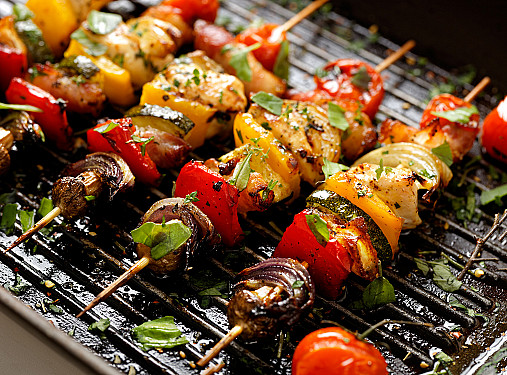A plant-based diet can help you reduce your risk of peripheral artery disease and improve circulation. It can also lower blood pressure and cholesterol levels.
The diet limits meat, dairy, and eggs and includes fruits, vegetables, whole grains, legumes, and nuts. These foods are high in fiber and antioxidants, and low in calories, saturated fat, and cholesterol.
Reduces risk of peripheral artery disease
A plant-based diet may help reduce your risk of developing peripheral artery disease. This condition occurs when plaque builds up in your arteries, limiting blood flow to your legs and making it difficult for you to move around.
In addition to cutting back on saturated fat, you’ll also want to increase your fiber intake. This is best achieved through whole grains, fruits and vegetables.
It’s also a good idea to cut out the salt and sugar, as both have been shown to cause cardiovascular disease.
The key is to make sure you get enough fibre, a nutrient that may play a key role in keeping your heart and other arteries healthy.
A plant-based diet is no small feat, but it’s much easier to stick with if you plan your meals in advance. You’ll need to make sure you have a variety of different types of foods on hand, including fruits, vegetables, whole grains and legumes. It’s also a good idea to read up on the latest plant-based recipes and trends in food and nutrition.
Improves circulation
A plant-based diet is a great way to improve your circulation. It helps your blood flow better through the body and transport oxygen to the muscles, improving performance during exercise.
This is because a plant-based diet contains plenty of antioxidants, vitamins and minerals that promote good health. It is also low in saturated fat and cholesterol.
If you are interested in eating a plant-based diet, talk to your doctor about your personal needs and goals. They may have recommendations for a more comprehensive plan, such as a whole foods or ketogenic diet, which can reduce your risk of heart disease and diabetes.
You can start a plant-based diet by replacing the meat and fish you eat with more vegetables, fruits and nuts. You can also choose to be vegetarian or vegan, which excludes all animal products (meat, poultry, fish, dairy and eggs).
Reduces blood pressure
Including leafy greens in your diet, such as spinach and kale, is a good way to boost blood pressure-lowering nutrients. These foods are high in nitrates, which help to reduce inflammation and improve artery health.
A plant-based diet also includes a variety of fruits, vegetables, whole grains, and legumes. These foods provide a wealth of nutrients, including antioxidants and fiber.
These nutrients can act to counteract oxidative stress and chronic inflammation, both of which increase blood pressure. They can also protect arteries from damage, which in turn reduces risk of heart disease and stroke.
A plant-based diet can be a great way to lower your blood pressure and potentially stop or reverse the condition. But it’s important to remember that a strict vegan diet isn’t necessarily the best option for everyone, so you might want to include a few animal-based meals in your weekly plan.
Reduces inflammation
Plant-based diets are linked to a lower rate of chronic inflammation. Prolonged inflammation can cause many diseases and conditions, including cancer, diabetes, arthritis, heart disease and more.
Inflammation is a normal defense mechanism that your body uses to fight off an injury or infection. But when it becomes chronic, your cells start attacking healthy tissue instead of the cut, scrape or infection that they were designed to combat.
Eating a healthy, plant-based diet is one of the most effective ways to reduce chronic inflammation and improve your overall health. Plants have essential nutrients that are missing from other food sources, like phytochemicals and antioxidants, that work to resolve inflammation in your body.
Research shows that a plant-based diet can help prevent and reverse vascular diseases such as peripheral artery disease, by improving the condition of the arteries and reducing inflammation. In fact, a recent study showed that patients with known vascular disease who were willing to make the switch to a plant-based diet experienced less vascular disease-related symptoms and had fewer vascular events than those who did not follow the diet.
Frequently Asked Questions
It is possible to switch to a plantbased diet.
Although it may seem daunting to change to a plant based diet, it doesn't have be. You can easily transition to a plant based diet by making small tweaks. Because everyone is unique, it is important that you tailor the transition for your particular lifestyle. You can make the transition easier by focusing on whole foods over processed foods. This ensures that you are getting enough of essential vitamins and minerals as well as macronutrients. Individuals should focus on creating delicious meals that are enjoyable to eat and meet their dietary requirements.
A support system of friends, family, and certified healthcare professionals can help people stay on track to their goals for a plant-based lifestyle transition. Making new recipes is a great way to spice up your journey. Many delicious vegan recipes are available to ensure that you don't feel deprived or bored while making this lifestyle change. A successful journey to plant-based living can be achieved by slowly changing your diet while paying attention to your daily nutrient intake.
What is an alternative to meat as a source of protein?
Protein is an important component of a healthy diet. It can be found in both animal- and plant-based sources. Plant-based proteins include legumes (nuts and seeds), beans, lentils (wheat gluten), seitan (wheat flour), and hemp seeds. A high level of antioxidants can be found in many vegetables and fruits which can offer anti-inflammatory benefits. Oat and almond milk, two dairy substitutes that are fortified, provide a plant-based alternative to cow’s milk. Alternatives such as pumpkin seeds or nutritional yeast can give dishes a richer, cheesier flavor than animal-based ones. They also provide more micronutrients. Many vegan protein powders that can be used in smoothies and shakes can provide additional nutrition, without the need to consume animal products.
Can children follow a plant based diet?
Because of their many health benefits, plant-based diets are growing in popularity among adults. Parents might wonder if their children can eat a plant-based food diet. The answer is yes, children can follow a plant-based diet if it is well-planned and meets their nutritional needs.
Children can get all the nutrients they need from plant-based diets. However, it is important to ensure that children get enough protein, iron, calcium, vitamin D, and vitamin B12. The body needs protein to grow and develop. Beans, lentils (tofu), and nuts are good options for this. Fortified cereals and leafy greens contain iron, which is essential for healthy blood cells. Fortified plant milks, calcium-settofu, and leafy vegetables all provide calcium which is vital for healthy bones. Vitamin D is crucial for bone health. This vitamin can be obtained by sunlight exposure and fortified dairy milk. Vitamin B12 is an essential vitamin for healthy nerves. It can be found only in animal products. Children who eat a plant-based diet might need to take a vitamin B12 supplement.
It is also important to ensure that children on a plant-based diet consume enough calories to meet their energy needs. It is important for parents to provide a variety whole foods such as fruits, vegetables (including whole grains), legumes, nuts, seeds, and legumes. Children might need to eat more or less frequently to meet their energy needs.
To ensure that your child's diet is healthy, it is a good idea to consult with a registered dietitian. They can help you plan meals, provide nutritional advice, and determine the right portion size for your child.
Children can follow a plant-based diet that meets all their nutritional requirements. With proper planning and guidance from a registered dietitian or healthcare professional, parents can ensure that their children eat a nutritious and healthy plant-based diet.
Is it possible to build muscle using a plant-based diet.
Yes, it's possible to build muscle using a plant-based diet. It is possible to build muscle on a vegetarian diet. However, the type of foods one consumes plays the biggest role in muscle strength and size. Plant-based diets may include high-protein foods such as legumes (beans, lentils, and peas), doves, seitan, nuts, nutritional yeast, tofu, tempeh, and many more. A plant-based diet that is balanced can help you achieve your fitness and overall health goals. Avoid processed foods, which are often high in unhealthy additives and preservatives. A steady increase in protein is necessary, so make sure to include foods like quinoa or flaxseed and nut oils into your daily food plan. A nutritionist that specializes in plant-based nutritional can help you gain muscle mass, or to maintain your current body and health.
Is a diet based on plants the same as a vegan one?
No, a plant-based diet is not the same as a vegan diet. A plant-based diet consists of an eating plan that emphasizes whole grains, fruits, vegetables, legumes and nuts. This eating pattern typically eliminates or dramatically reduces the consumption of animal products such as meat or dairy, but small amounts of animal proteins may be included. Veganism on the other side is a ethical lifestyle choice. This involves eating only plant-based foods and avoiding animal products. Even though vegans may opt to follow a plantbased diet as part or their lifestyle, they are different concepts.
Can you still eat out at restaurants on a plant-based diet?
Many restaurants now offer vegetarian options. In larger cities and communities, many vegan restaurants are popping up and offering exciting food choices. Most mainstream restaurants have vegetarian-friendly options. There is still plenty to choose from when you are looking for a restaurant that serves a plant based diet. Look for recipes where vegetables or legumes such as tofu, tempeh, seitan, or other protein sources like beans are the stars. Instead of using mayonnaise, high in saturated fat dressings or mayonnaise, use vinegar and healthy oil. Do not be afraid to ask your server whether certain items can be made vegan.
Also, it is worth looking into vegan cookbooks to find ideas for replacing meats or rich sauces. Most restaurants are happy to accommodate those who follow a plant-based lifestyle and will make every effort to accommodate them. If you're creative and do some research, it is possible to eat out on a plant based diet and enjoy your meal.
Can a plant based diet reduce the chance of developing chronic diseases?
In today's world, a plant-based diet is gaining more popularity due to its various health and environmental benefits. It involves eating mainly fruits and vegetables, whole grains, legumes and nuts, as well as reducing or eliminating animal proteins such meat or dairy products. Plant-based diets have many advantages, including better heart health, digestive health benefits and increased energy levels. They also offer potential environmental protection. You can still get sufficient protein from a plant-based food plan by eating other protein sources.
Statistics
- A study found that livestock provides just 18 percent of calories consumed globally but takes up 83 percent of farmland. (forksoverknives.com)
- Another found that following a diet rich in plant foods and lower in animal foods was associated with a 16 percent lower risk of cardiovascular disease and a 31 to 32 percent lower risk of death from cardiovascular disease. (everydayhealth.com)
External Links
ncbi.nlm.nih.gov
- Effects from Plant-Based Diets upon Weight Status: A Systematic Analysis - PMC
- Professionals in healthcare can now rely on plant-based nutrition.
nature.com
pcrm.org
doi.org
How To
How to prepare plant-based dishes that are tasty and filling
It is possible to cook delicious, filling, plant-based dishes with the right ingredients, creative recipes, and preparation. It is important to start by purchasing fresh produce, and other quality ingredients. Also, it is important to create a grocery checklist based upon the recipes. Also, make sure to invest in proper storage equipment to keep your prepared food fresh.
Next, focus on variety when meal planning. Include whole foods like vegetables, fruits, nuts, and legumes. Always try to include different colors in your produce selections for better nutrition. In each meal, it is important to consider the balance of fiber and protein as well as healthy fats. You can also make batch cooking easier by using kitchen appliances such slow cookers or multi-cookers.
Try new flavors while staying vegan. When you're trying to get creative, spice like chili powder or cayenne pepper can add flavor to your dish while also keeping it healthy. Whole foods can transform bland plant-based meals into delicious, flavorful meals in minutes. You can use beans instead of "meats" and roasted butternut squash as an alternative to french fries. Remix leftovers from earlier weeks to make something new.
With these tips, anyone can enjoy a delicious and nutritious plant-based diet without sacrificing taste or fullness.
Resources:
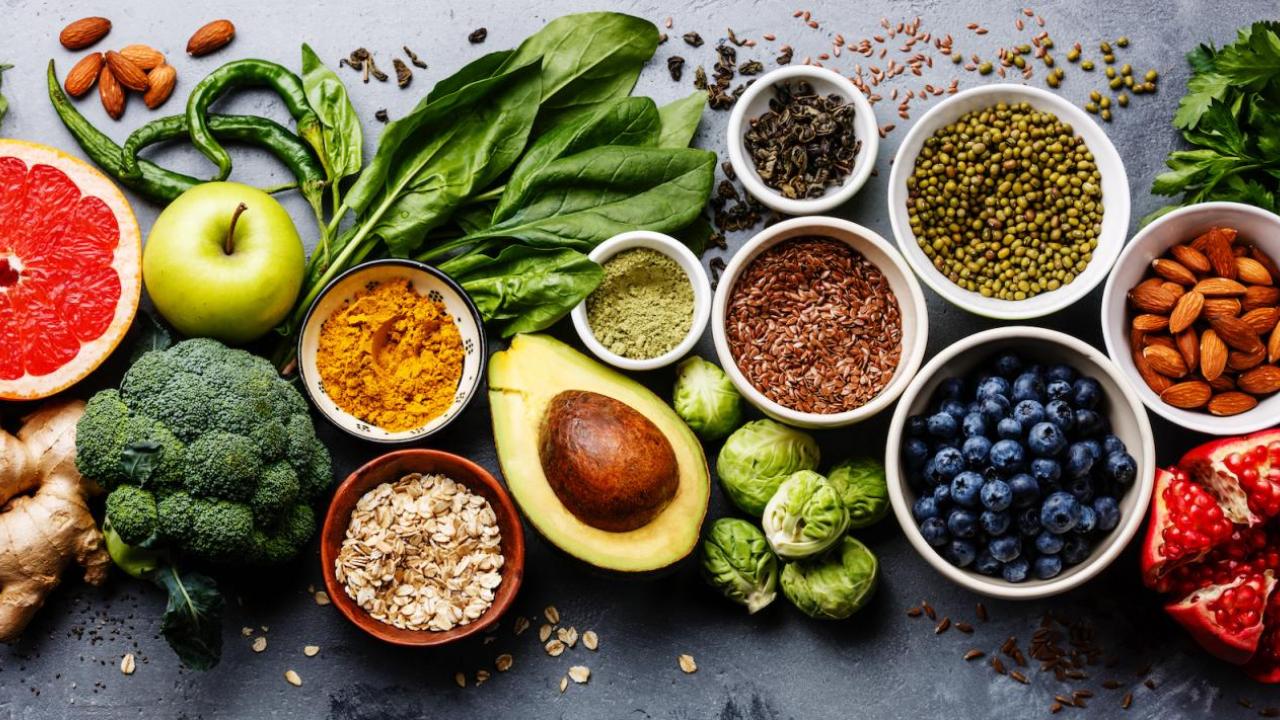 |
I Dieted Like A Vegan Pro Athlete For 30 Days"Honestly finishing these workouts while changing my diet is very concerning." Quinton loves to work out and has always thought that he needed to eat a lot of |
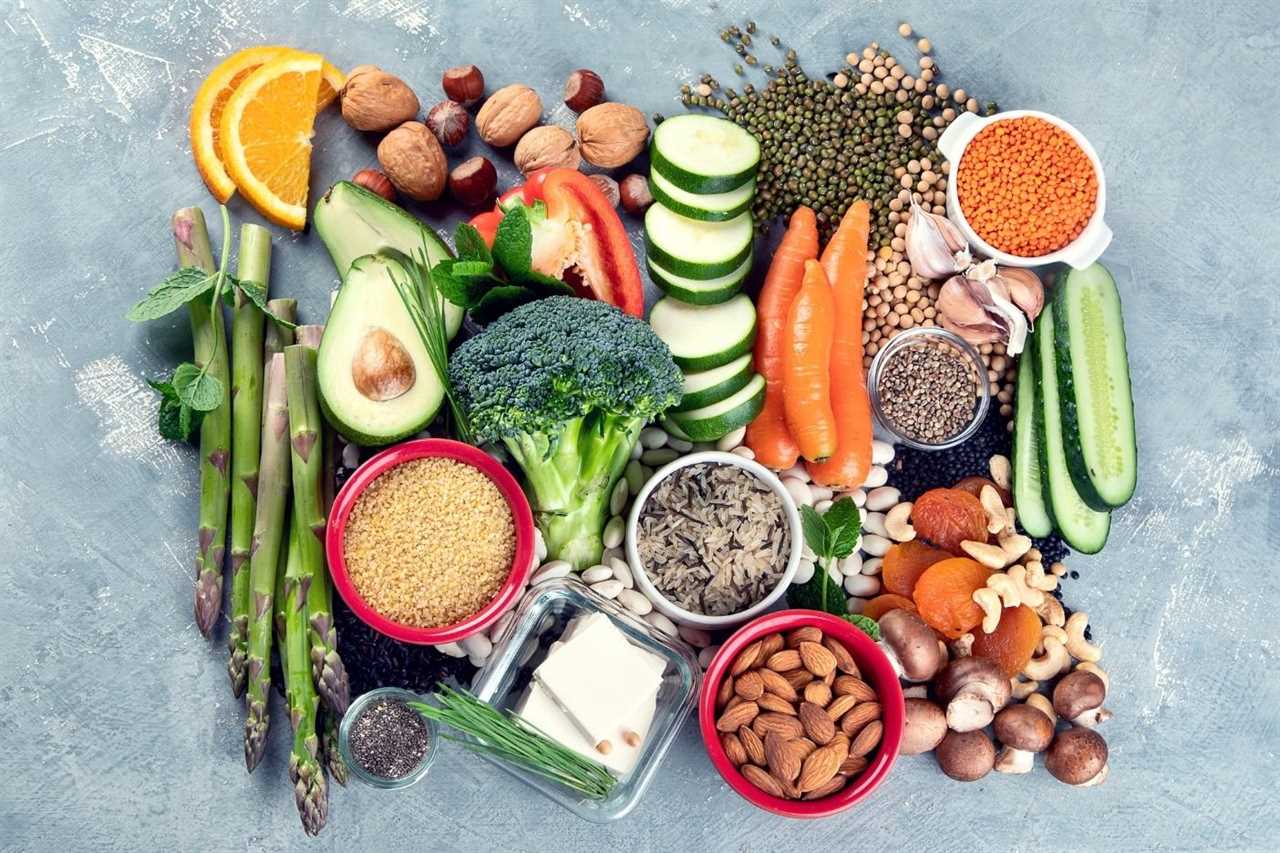 |
How To Start A Plant Based Diet | Dr. Laurie MarbasTo work with a plant-based physician visit: More Plant-Based resources at In this "The Doctor Is In" episode: Dr. Laurie Marbas explains not only how to |
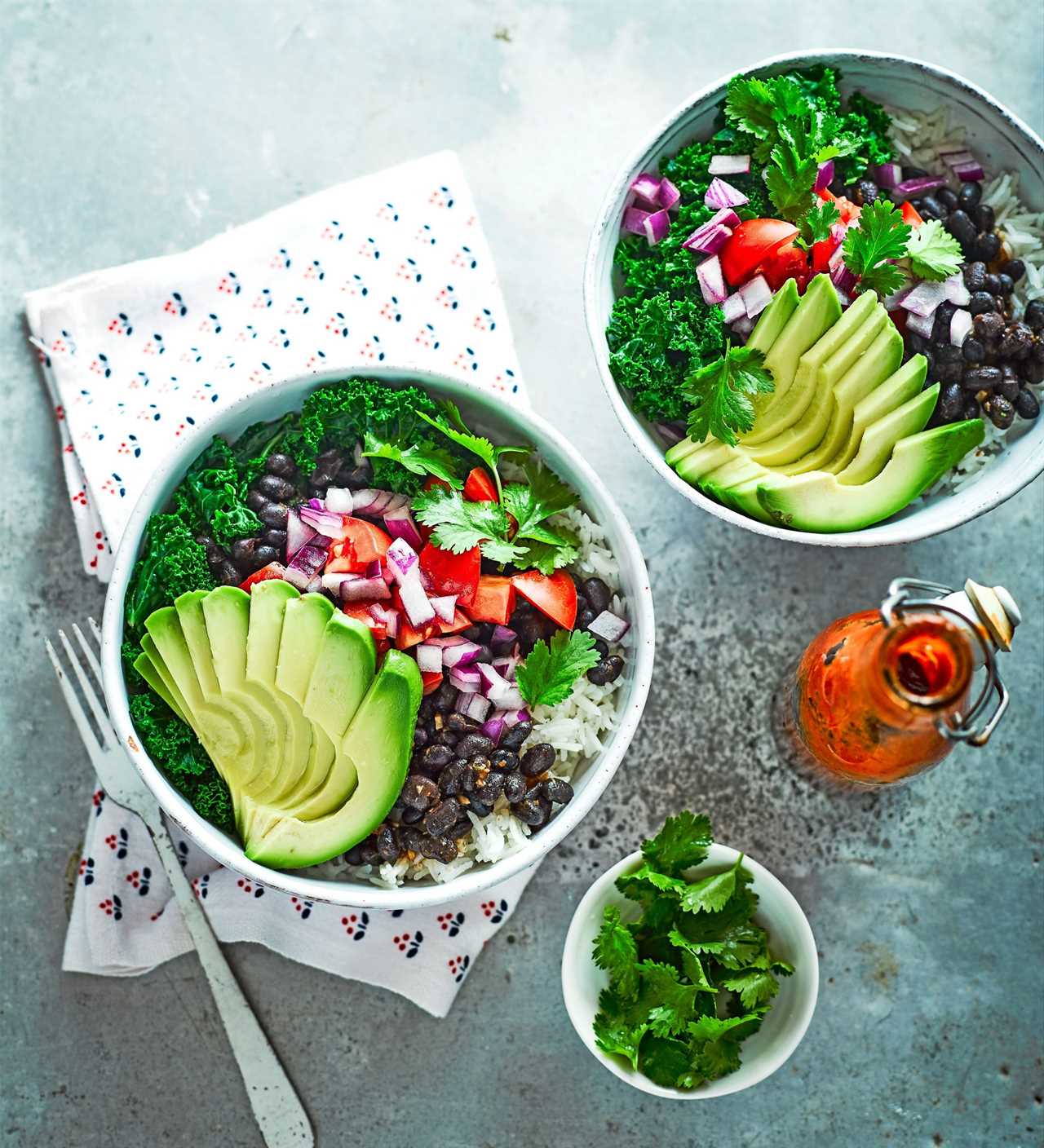 |
Whole-Foods, Plant-Based Diet Beginner''s GuideThere are many arguments about which diet is best for you. Regardless, all camps agree that diets emphasizing fresh, whole ingredients and minimizing |
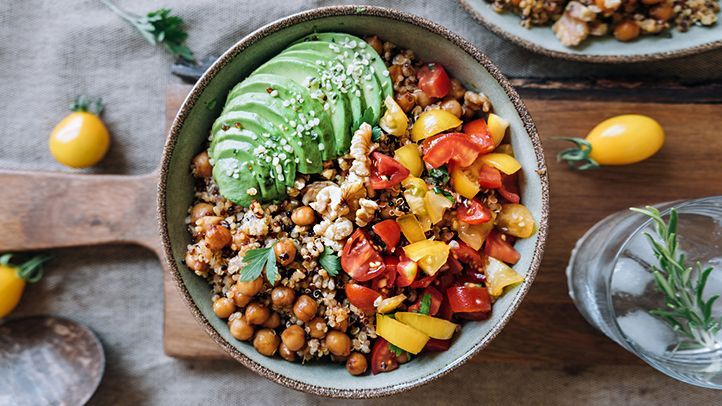 |
Here''s What Happens To Your Brain And Body When You Go Vegan | The Human BodyThinking about skipping out on meat and dairy? Going vegan is becoming increasingly more common, but is it actually good for you? Following is the |
 |
Plant based diets vs. Ketogenic Diets | What is the evidence?When it comes to diets, most studies examine population cohorts using food frequency questionnaires. This makes it hard to control all aspects of the study. |
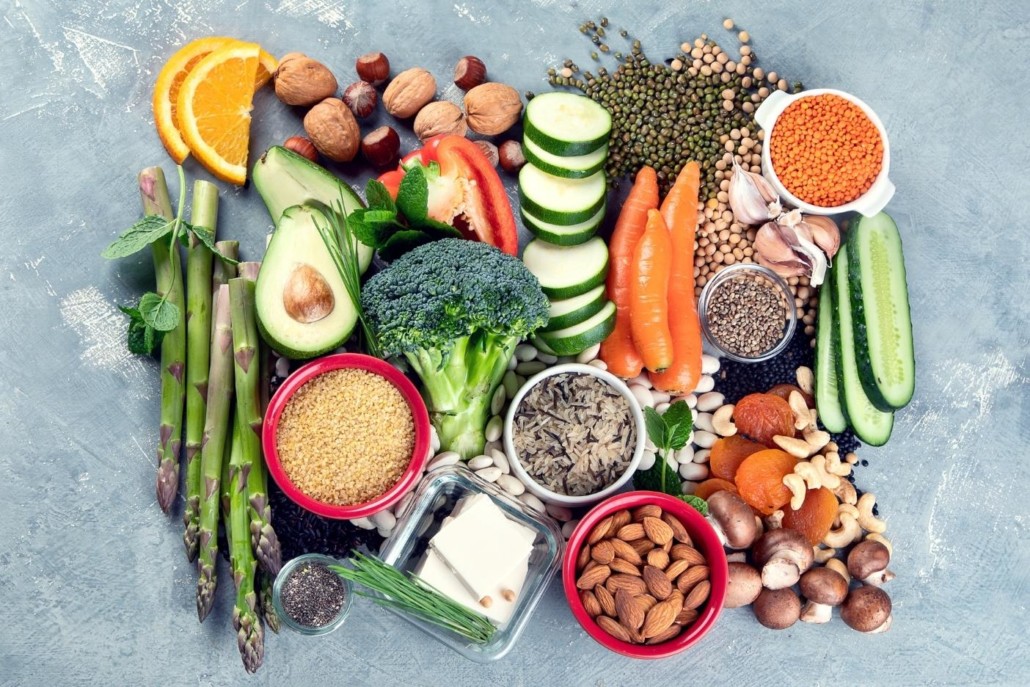 |
Salamat Dok: Health advantages of plant-based dietDr. Johann Mañez talks about the health advantages of plant-based diet, particularly in preventing the development of type 2 diabetes and heart problem |
 |
5 benefits of a plant-based dietNo one food can reduce your risk for cancer, but there is an overall diet that can. Learn what it means to eat a plant-based diet and see all the ways it can |
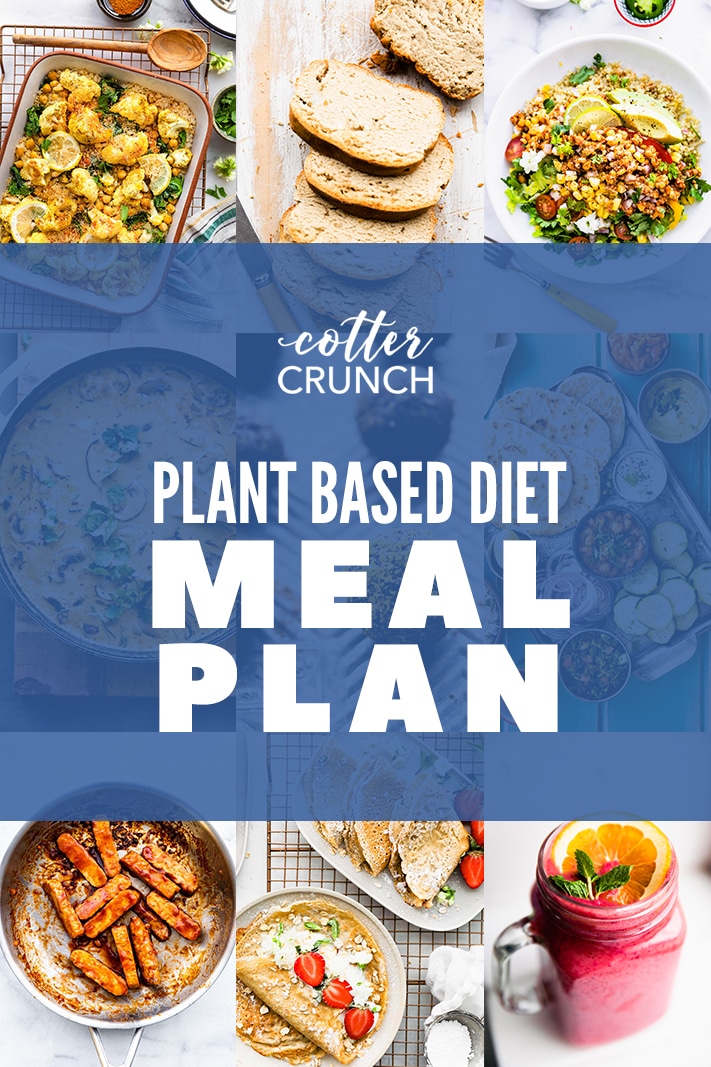 |
Bone Health and Plant-Based DietsDr. Neal Barnard shares a new study and explains how you can build and maintain strong, healthy bones on a plant-based diet. About Us: The Physicians |
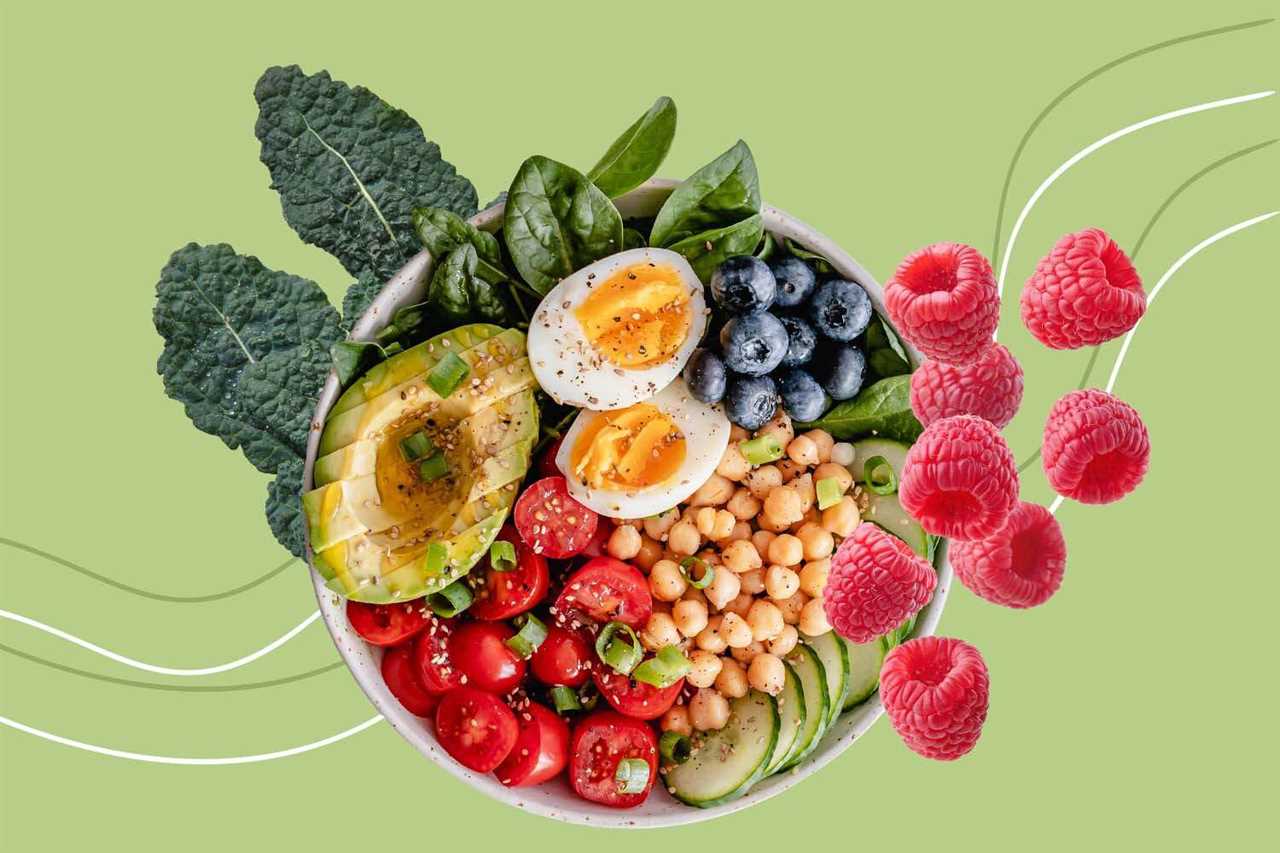 |
New information on plant based food alternativesResearchers are learning more about the possible benefits and drawbacks of plant based meat and dairy alternatives. |
 |
A Masterclass On Plant-Based Nutrition | Rich Roll PodcastRich Roll presents a master class on plant-based nutrition, breaking down the latest research and wisdom shared by physicians & experts who have graced the |
 |
Dr. Ian Smith talks benefits of eating plant-based diet l GMAThe bestselling author is out with a new book, “Plant Power: Flip Your Plate, Change Your Weight -- The Simple 4-Week Plan.” READ MORE: SUBSCRIBE to |
 |
Dutch Mini Pancakes (Poffertjes)Savor the tradition with every bite! Try these irresistible Dutch Mini Pancakes, aka Poffertjes, made with a secret batter and cooked to golden perfection in a |
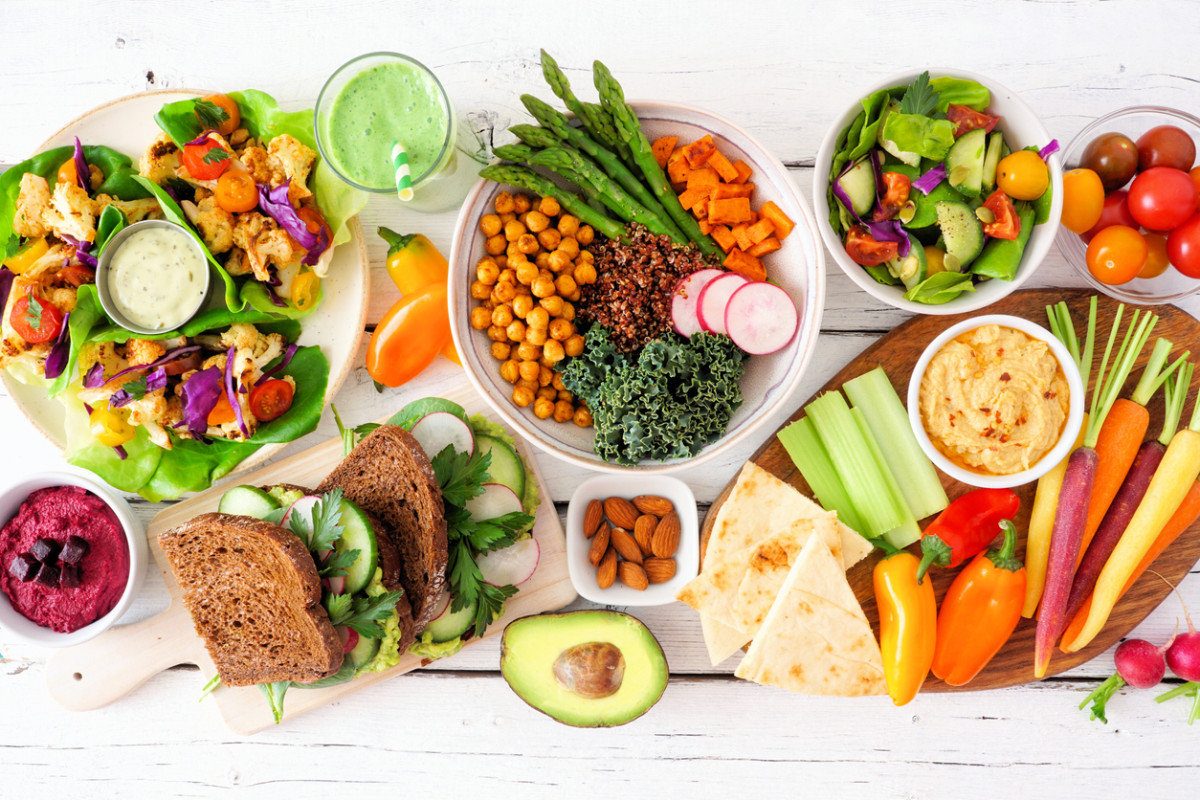 |
Authentic Potato Pizza (Pizza con Patate) with Truffle SalsaWho would have thought that potato on pizza can be this good? Try this authentic potato pizza recipe with a savory twist! Topped with potatoes and served with |
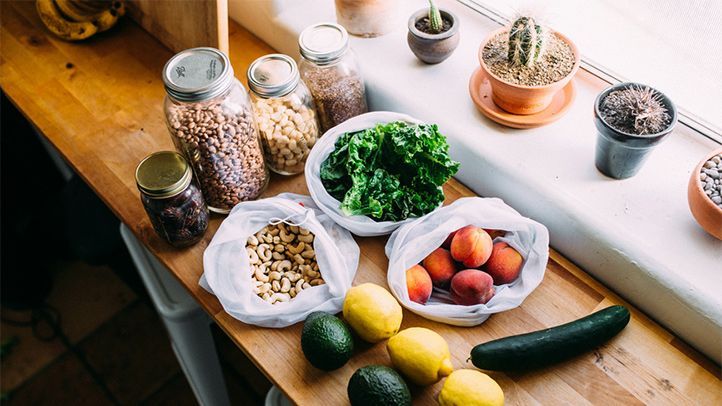 |
9 Scientific Benefits of Following a Plant-Based DietFollowing a plant-based diet (think vegan, vegetarian, or even flexitarian) is associated with a bevy of potential health benefits. That includes a lower risk |
 |
Hamburger Pie Made VeganLooking for a delicious vegan twist on classic comfort food? Try this Hamburger Pie made vegan! This savory dish features a flavorful plant-based meat |
 |
Vegan Banana Bars with Pina Colada FrostingThese Vegan Banana Bars with Pina Colada Frosting are a tropical dessert that everyone will love! Get ready to indulge in a delicious and guilt-free treat |
 |
Socca Farinata (Chickpea flatbread)Learn how to make Socca Farinata, a savory and gluten-free chickpea flatbread with this simple recipe. Perfect for a quick snack or appetizer, this |
 |
Vegan Jalapeno PoppersThese easy vegan jalapeno poppers are the ultimate party appetizer. Packed with a cheesy dairy-free filling and topped with crunchy panko breadcrumbs. We are |
 |
Vegan Christmas CookiesThese Vegan Christmas Cookies are packed full of holiday cheer. Simple vegan sugar cookies are topped with a homemade dairy-free icing. And they're fun and |
 |
11 Best Vegan “Cheese” RecipesBest ever roundup of vegan cheese recipes on the internet - Vegan Feta Cheese, Vegan Cheese Sauce, Vegan American Cheese Slices, Vegan Parmesan Cheese and more. |
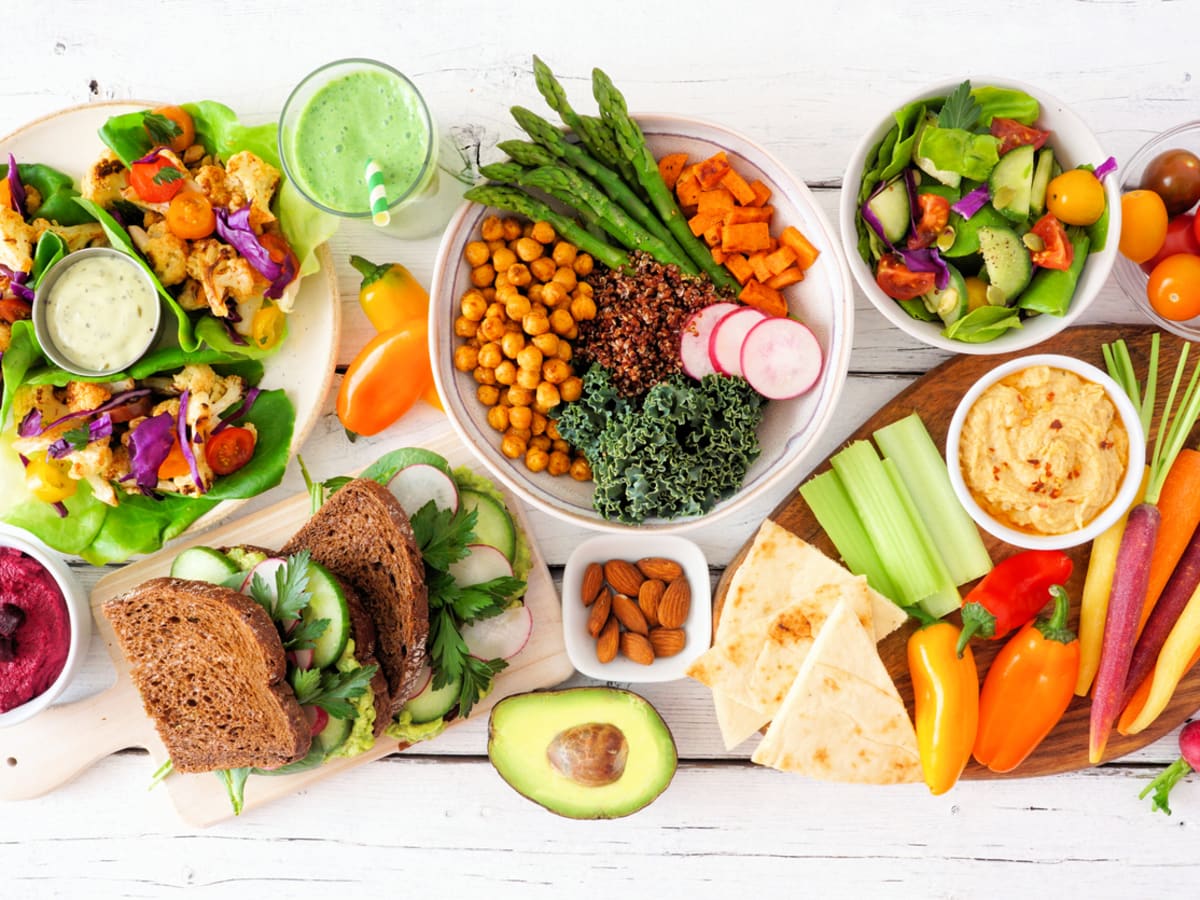 |
25+ Vegan Valentine’s Day DessertsShow your love with these Vegan Valentine’s Day Desserts! From a classic Red Velvet Cake to a creamy Chocolate Mousse to delightful Raspberry Truffles- there's |
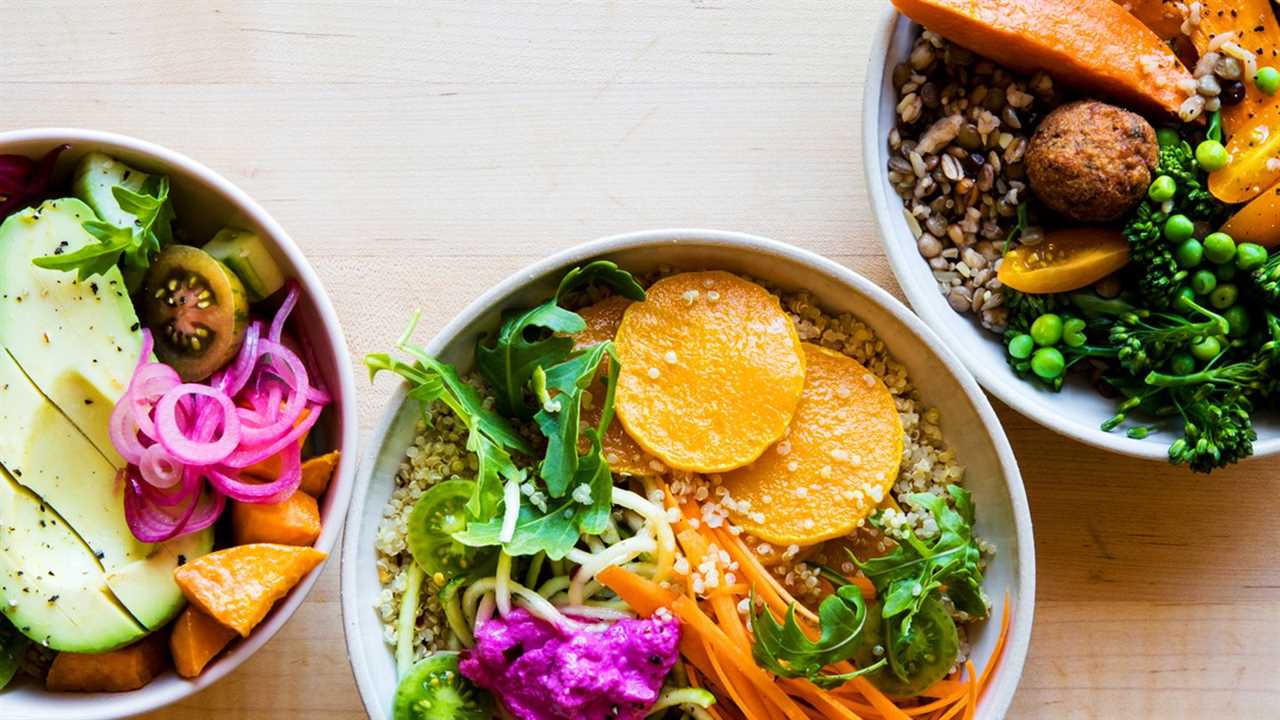 |
Fudgy Avocado Brownies (Vegan!)This fudgy avocado brownies recipe is loaded with rich chocolate flavor and bursting with sweetness. This avocado brownie recipe is made with avocados, peanut |
 |
Ugadi Pachadi Recipe & SignificanceUgadi Pachadi Recipe & SignificanceFirstly, Ugadi (also referred to as Yugadi) is the New Year for the people in South Indian states like Karnataka, Andhra |
 |
Gudi Padwa 2023 | Gudi Padwa Food RecipesGudi Padwa 2023 | Gudi Padwa Food RecipesAccording to the Hindu lunisolar calendar, Gudi Padwa Festival marks the beginning of the New Year. This is for the |
 |
Ugadi 2023 | Ugadi Special Food RecipesUgadi 2023 | Ugadi Special Food RecipesAccording to the Hindu calendar, Ugadi Festival is celebrated as the New Year with much fervor in the South Indian |
 |
Red Sauce Pasta (Red Pasta)Red Sauce Pasta (Red Pasta)If you are looking for some easy-peasy Pasta Recipes with some specific sauces, this Red Sauce Pasta is what you should begin with. |
 |
What is a plant-based diet?Choosing more plant-based foods can help you eat a healthier diet. A Heart & Stroke dietitian explains how. |
 |
Kesari Recipe | Perfect Rava KesariKesari Recipe | Perfect Rava KesariHere’s a dish that is the South Indian variant of the North Indian suji ka halwa. Meet Kesari Recipe – a popular, delicious |
 |
35+ Vegan Brunch RecipesThese vegan brunch recipes are loved for their versatility, portability, and delicious flavors. Whether you prefer sweet or savory, they are the perfect |
 |
Easter Bunny CupcakesWhip up these Easter bunny cupcakes for an Easter celebration. Start with pre-made cupcakes and decorate with colored sugar, marshmallows and chocolate chips |
 |
Strawberry Kiss CookiesPretty in pink is what you will find in these strawberry kiss cookies! A strawberry cake mix cookie that is rolled in sugar and topped with a chocolate Hershey |
 |
Spinach Mushroom FrittataSpinach Mushroom Frittata is a delicious and healthy dish that is perfect for breakfast, brunch or even lunch. It is easy to make and can be customized with |
 |
Strawberry Cheesecake Overnight OatsStrawberry Cheesecake Overnight Oats is a delicious and healthy breakfast that can be prepared the night before. This is a great way to prep your breakfast |
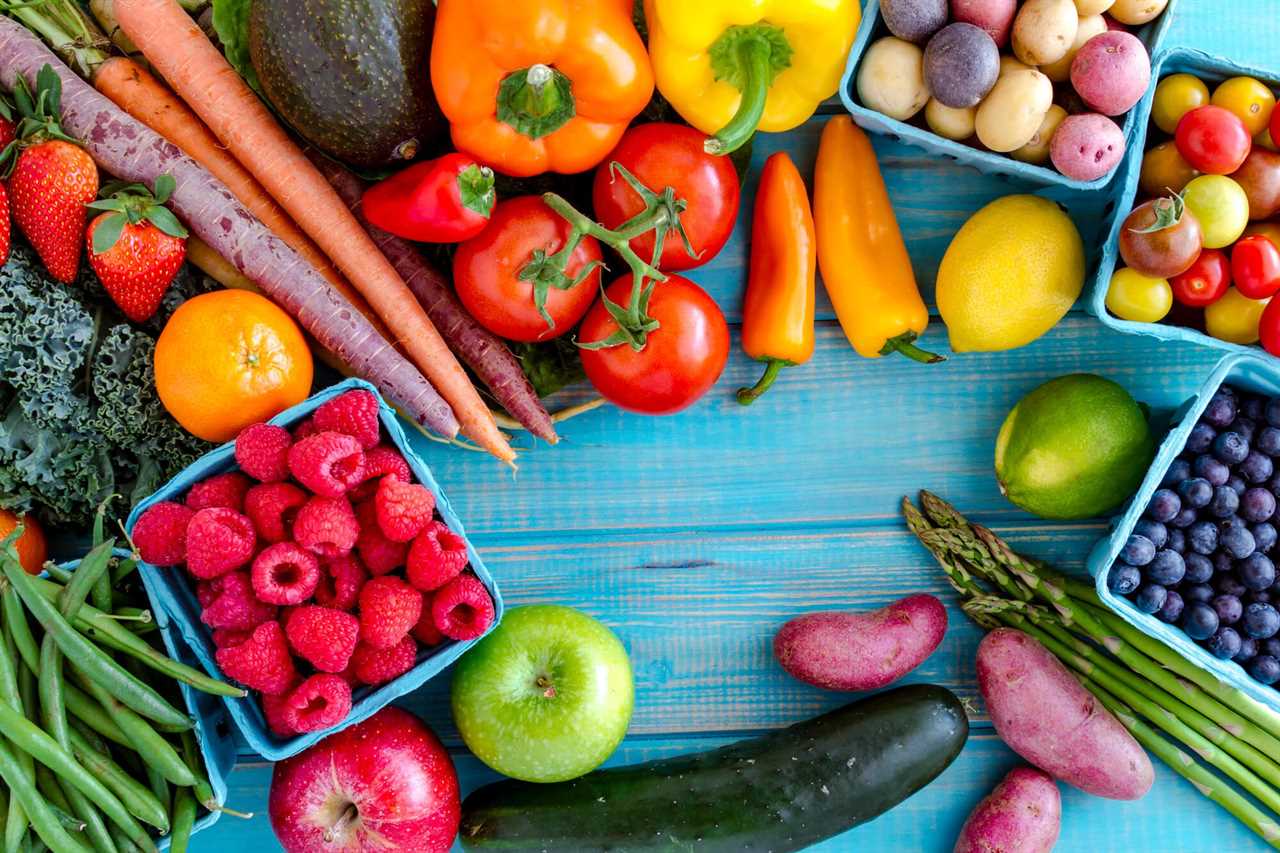 |
Beginner's Guide to a Plant-Based Diet | Forks Over KnivesOne of the most powerful steps you can take to improve your health is to move to a plant-based diet. We have everything you need to know to get started here |
 |
Sheet Pan GnocchiIf you’ve never made sheet pan gnocchi before, prepare yourself: once you try it, your weeknight dinner rotation will never be the same! The reason it’s so |
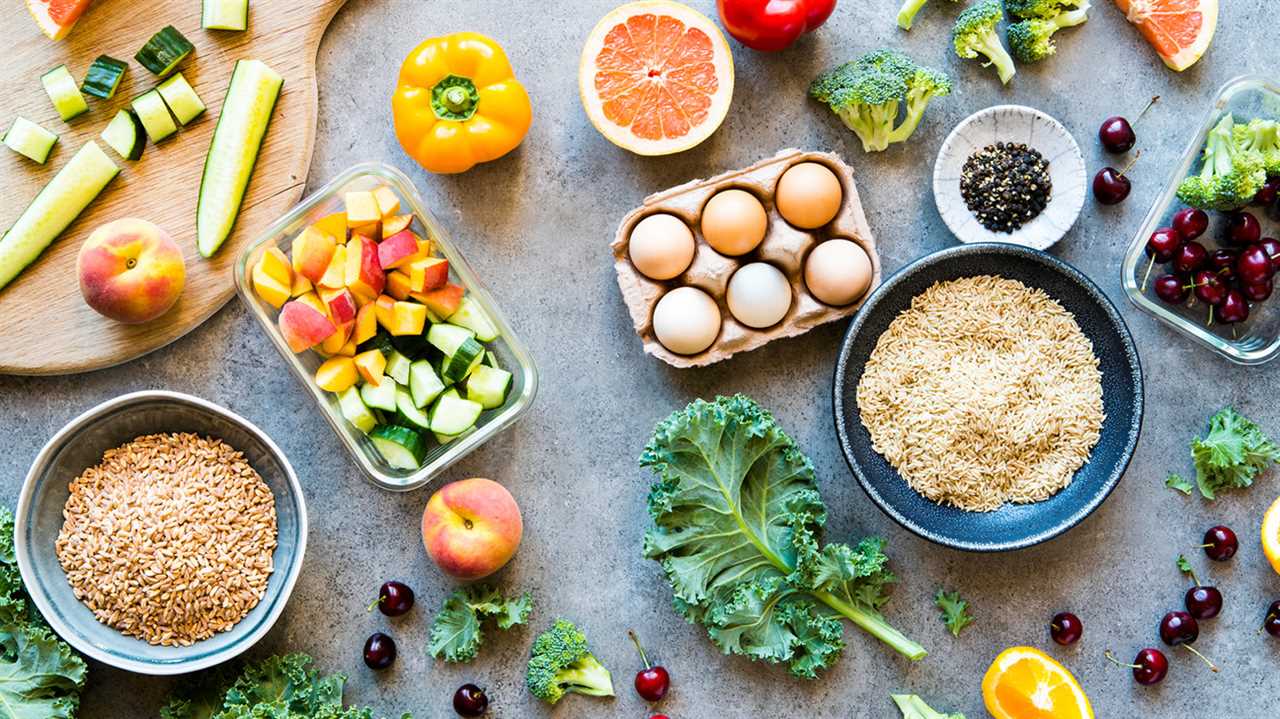 |
Favorite Veggie PizzaIf you were to ask me, “What’s the best vegetarian pizza in Chicago?”, I’d have to ask a few followup questions before I answered. Like, what kind of veggie |
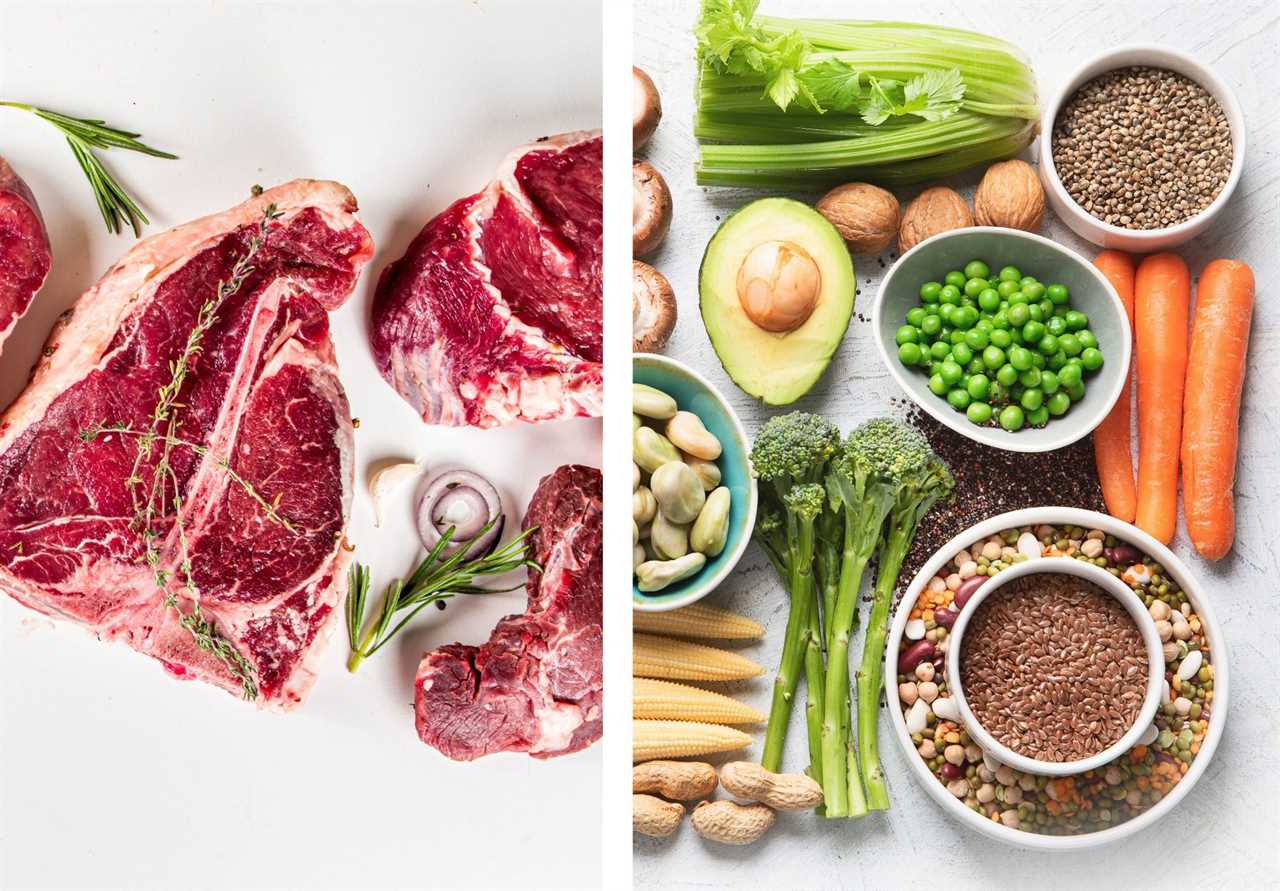 |
Irish Soda BreadThis Irish soda bread recipe is the quickest, easiest way I know to make a great loaf of bread at home. It calls for 8 basic ingredients, and you can mix up |
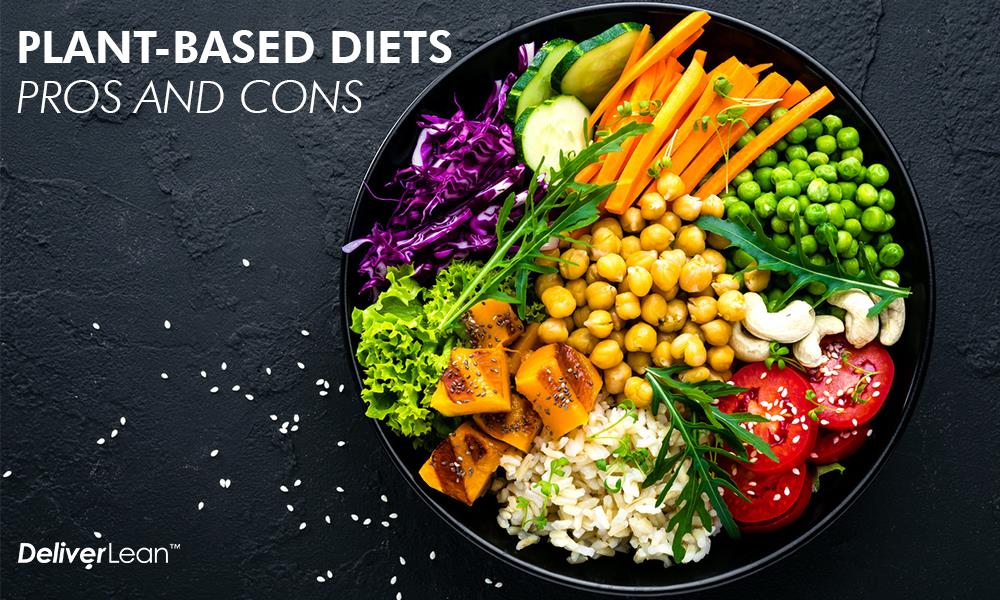 |
17 Best Cabbage RecipesChoosing to make a cabbage recipe can feel like a commitment. You’re going to buy a whole entire cabbage in order to add a tiny bit of it to some tacos? What |
 |
How To Cut CabbageEver wondered how to cut cabbage? You’re in the right place! Today, I’m breaking down my favorite easy methods for how to cut cabbage for salads, slaws, |
 |
Crispy BBQ Pulled Mushroom SandwichesThese BBQ pulled mushroom sandwiches are tangy, smoky & spicy with a tahini ranch slaw piled on top. Ready in 40 minutes with basic equipmentThe post Crispy |
 |
How does Plant-Forward (Plant-Based) Eating Benefit your Health?Whether you’re considering eating less meat or giving it up entirely. |
 |
40-Minute Lemony Red Lentil SoupLemony lentil soup with spinach & 7 spices is naturally vegan and gluten-free, pantry-friendly, flavourful, hearty, and ready in 40 minutes.The post 40-Minute |
 |
30-Minute Easy Lentil Bolognese30-minute lentil bolognese is a hearty vegan dinner. A toothsome & meaty sauce with canned lentils & dried porcinis clings to rigatoni pasta.The post 30-Minute |
 |
Pizza Night SaladPizza night salad is a perfect side. Romaine, chickpeas, fresh vegetables, sun dried tomatoes, pepperoncini & red wine vinegar thyme dressing.The post Pizza |
 |
Moist Vegan Carrot MuffinsMoist vegan carrot muffins are ready in about 30 minutes and great for breakfast. Cinnamon, coconut oil, orange & vanilla shine in every bite.The post Moist |
 |
What to Cook This FebruaryFebruary is here! If you bookmarked any hearty soups and stews that you haven’t gotten to try yet, this is the month to make them. In just…The post What to |
 |
33 Fresh Super Bowl RecipesAre you ready for the Super Bowl? While I’m usually just in it for the snacks, our home team is this weekend! We’ll be cheering for the…The post 33 Fresh Super |
 |
What is a plant-based diet, and is it healthy?Columbia and NYP nutritionist Sabrina Toledano explains the benefits of a plant-based diet and how to get started. |
 |
Foolproof Basque CheesecakeBehold, my favorite luscious dessert! This cheesecake recipe hails from the Basque region of Spain—specifically, from a restaurant called La Viña, where fresh |
 |
3-Ingredient Banana PancakesMaybe the world needs more banana pancakes. Yes, that’s just what we’re missing. Yes, that’s what I’m telling myself right now. This thirteen-year-old (!) |
 |
What to Cook This MarchI’m so glad we made it to March. The days are growing longer already and I love how the spring sunshine illuminates our kitchen. We even spied…The post What to |
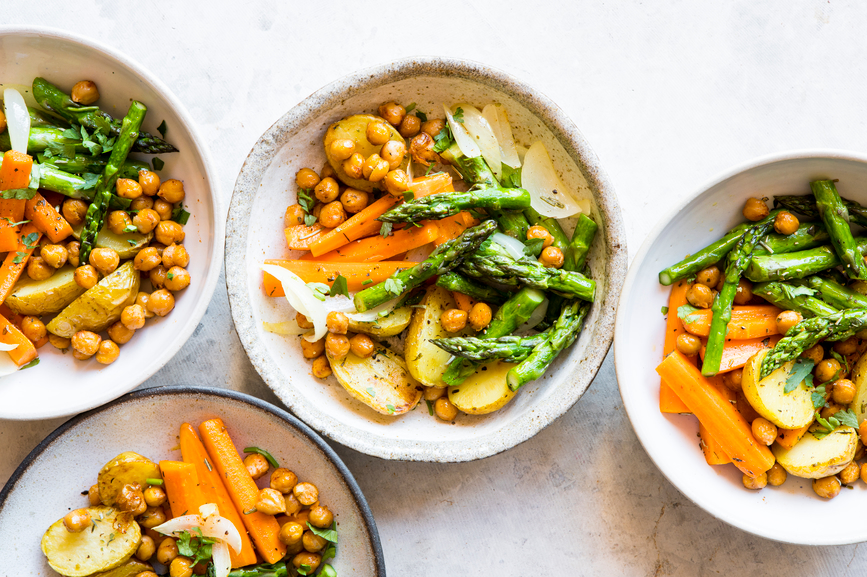 |
What Are the Long-Term Benefits of a (Mostly) Plant-Based Diet?Hint: Your energy levels, gut microbiome, and environmental impact all win big. |
Did you miss our previous article...
https://paleovsketo.com/plant-based/the-impact-of-a-plantbased-diet-on-the-gutskin-axis

